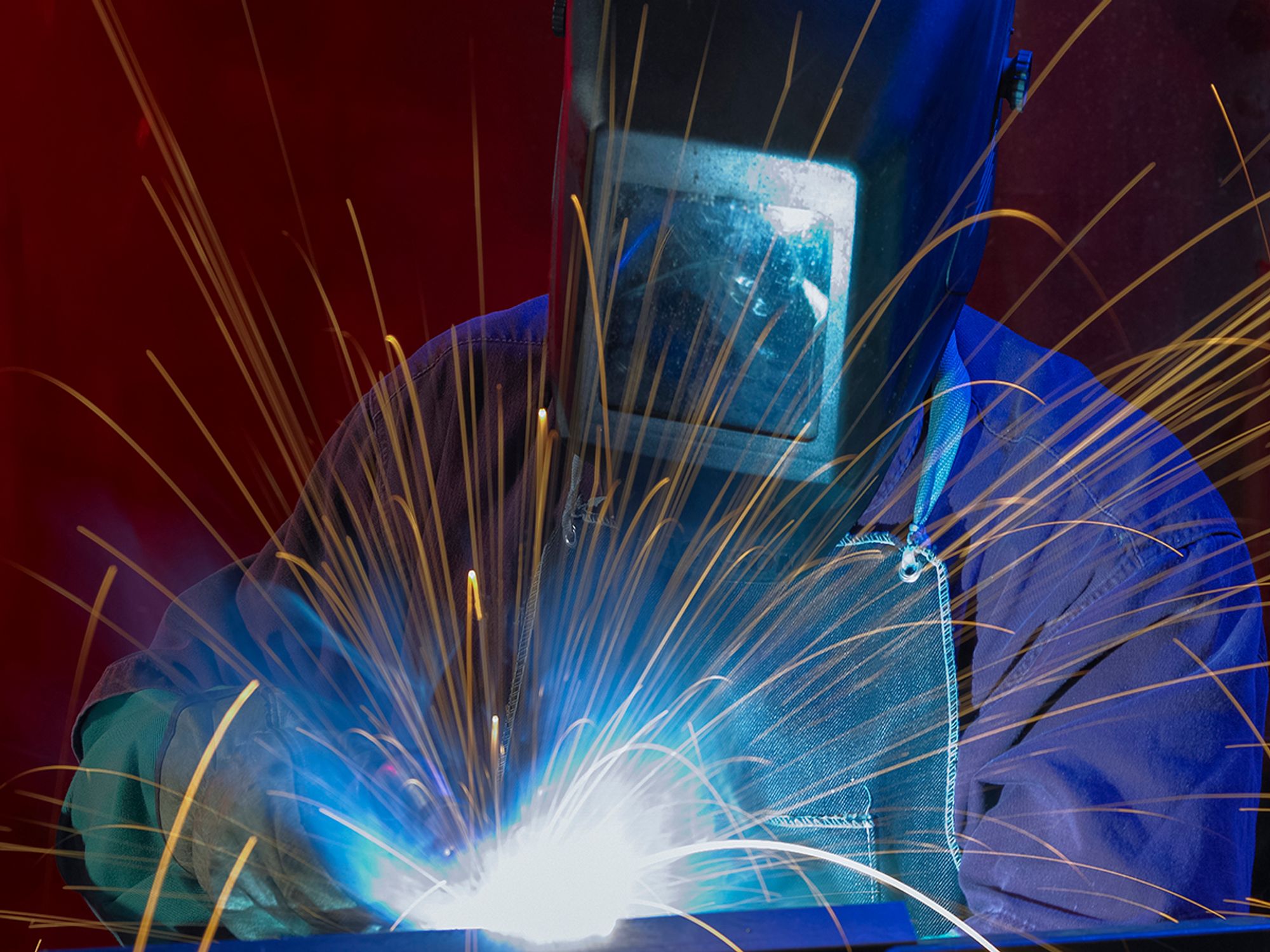Requirements for general industry

- Safety requirements for welding, cutting, and brazing in general industry include site hazard assessments, fire prevention procedures, and proper handling of compressed gas cylinders.
- Welding, cutting, and brazing are regulated by OSHA in 29 CFR 1910, Subpart Q, and by ANSI in Z49.1-1967.
Welding, cutting, and brazing are common in many fields. The Occupational Safety & Health Administration (OSHA) regulates these practices in general industry in 29 CFR 1910, Subpart Q.
Some general requirements include administrative controls to be put in place before any hot work begins. Employers must:
- Perform a thorough site hazard assessment,
- Ensure areas are inspected and a permit issued,
- Establish and document emergency procedures,
- Provide suitable ventilation,
- Provide a fire watch where required, and
- Ensure proper marking of welding materials and equipment.
Employers must also train personnel in, facilitate, and enforce safe work practices, including:
- Proper welding procedures, including handling of materials and equipment;
- Handling, storage, and use of compressed gas cylinders;
- Using compressed gases and torches for gas welding and cutting;
- Using arc welding equipment;
- Working in confined spaces; and
- Fire prevention and protection precautions.
All necessary equipment must be provided and maintained in good working condition, including:
- Welding equipment;
- Personal protective equipment (PPE), including respirators and other gear as required;
- Ventilation equipment; and
- Suitable fire extinguishers.
Regulations
The OSHA requirements for welding, cutting, and brazing in general industry are found in 29 CFR 1910, Subpart Q. Specific subtopics include:
- 29 CFR 1910.133 — Eye and face protection.
- 29 CFR 1910.251 — Definitions.
- 29 CFR 1910.252 — General requirements.
- 29 CFR 1910.253 — Oxygen-fuel gas welding and cutting.
- 29 CFR 1910.254 — Arc welding and cutting.
- 29 CFR 1910.255 — Resistance welding.
The following might also be helpful:
- 29 CFR 1926.350 - .354, Subpart J — Welding and Cutting.
- American National Standards Institute (ANSI) Z49.1-1967 — Safety in Welding and Cutting.
Individual states may adopt OSHA’s standards and enforcement programs or use their own. State Plans are required to be at least as effective as OSHA’s and may have different or more stringent regulations. There are 29 OSHA-approved State Plans.
